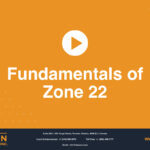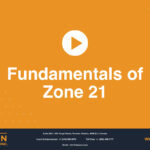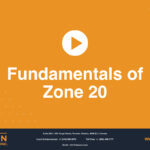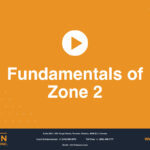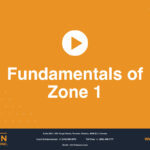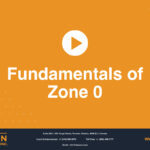Fundamental of Class II, Division 1
Dust explosive atmospheres are common and dangerous. The hazards posed by explosive dusts should not be underestimated! These hazards exist wherever dusts are present during storage, conveying, processing, and handling of materials that generate them.
Almost every industry faces dust explosion hazards – from agricultural to automotive to refining.
Dust explosive atmospheres are hazardous due to the presence of combustible dusts, fibres or flyings. Small combustible particles can burn easily and rapidly; a sufficient quantity of explosive dusts, for example, can cause an explosion.
In North America, there are two systems used to classify or group hazardous locations: the Class-division system and the Zone System. Locations that are hazardous because of the presence of dust are defined in the Zone system as Zones 20, 21 and 22. In the Class-division system they are Class 2, Division 1, and Class 2 Division 2.
In this animation, we will focus on the Class-division system classification of dust explosive atmospheres, specifically Class 2, Division 1. We have made a separate video about Class 2, Division 2 if you want to learn more about that classification.
Class 2 Division 1 is defined as a location in which combustible and explosive dusts are in the air under normal operating conditions and in quantities sufficient to produce explosive or ignitable mixtures.
Dusts are in the air in these Class 2 Division 1 locations because dusts, fibres, or flyings are being produced by handling or processing. The extent of Division 1 depends upon the dust settling rate, the local air velocity, and the dust collection system used during processing.
The three Dust Groups E, F and G in North America further define dusts as follow: Group E combustible metal dusts, Group F combustible dusts that are not metal, and Group G solid particles including fibres. If there is conductive metal dust in the area, for example, then the entire area where the dust may collect is considered to be Division 1.
Electrical equipment still needs to be installed in hazardous locations where there are explosive dusts present. This equipment must therefore be designed, constructed and certified in compliance with the relevant safety Standards.
As noted in the Standards, Class 2, Division 1 products must be protected by one or more of the following three protection techniques: intrinsic safety, dust-ignition proof, and purged and pressurized Type X or Y. Also, equipment that has been deemed suitable for use in Zone 20 in North America is permitted to be installed in a Class II, Division 1 hazardous location.
Request a Consultation
Complete the form below to get started.

